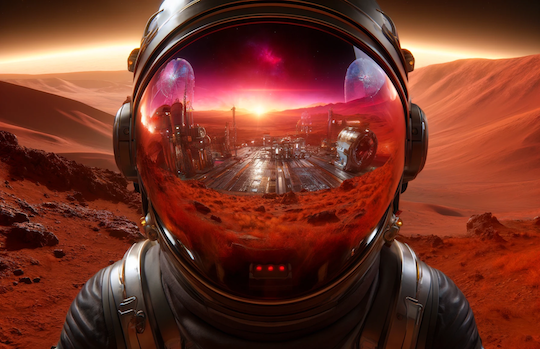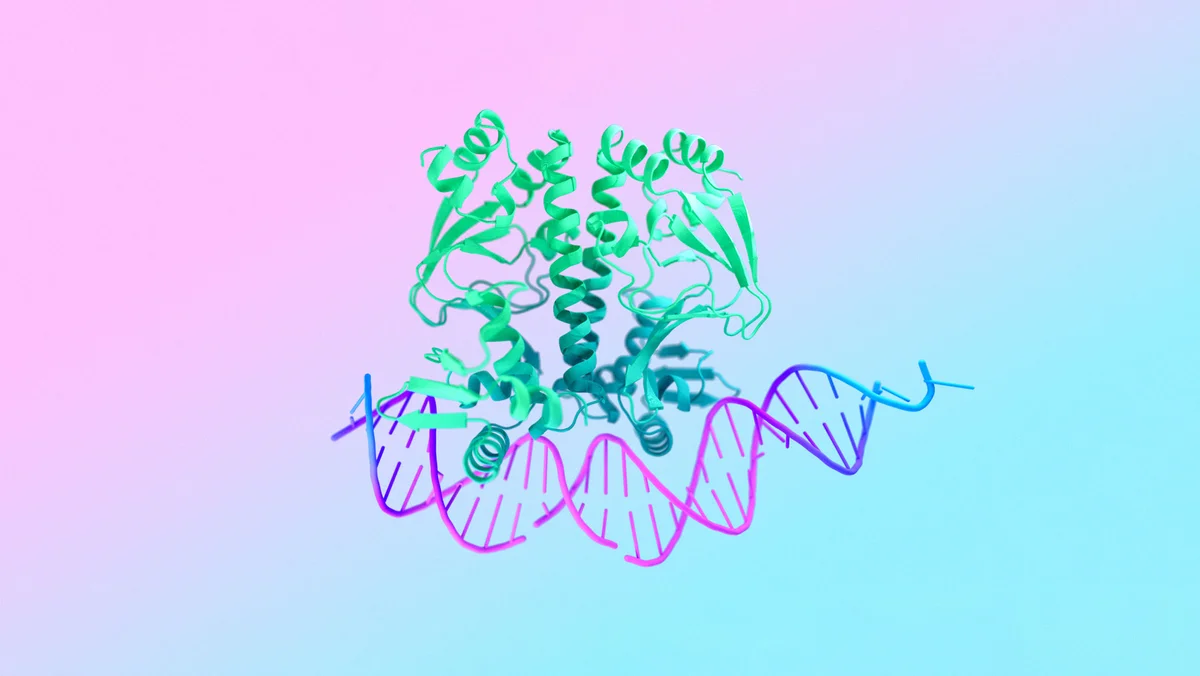
AI Goes Sci-Fi
Posted May 10, 2024
Chris Campbell
Biology before the microscope was rough.
Being a biologist was (kinda) like being an artist trying to paint a masterpiece while wearing a blindfold and mittens.
The tiny world of cells, microorganisms, and the intricate structures inside living things were invisible and completely unknown to us. We could only theorize about the building blocks of life.
But the microscope suddenly made this hidden world visible.
Scientists like Robert Hooke were able to see plant cells for the first time; Antonie van Leeuwenhoek discovered bacteria and spermatozoa; Marcello Malpighi was able to detail the tiny structures in organs and tissues.
No less, the microscope paved the way for innovations in brewing: the ability to observe and control microorganisms led to significant improvements in beer and wine production.
In a short time, the microscope advanced our understanding of biology and opened up entirely new avenues of research and industry.
Similarly, AI is making the nanoscopic world of proteins and other biomolecules visible in unprecedented detail.
Before AI, getting a clear picture of a protein's structure often required painstaking crystallography studies that could take years.
Many proteins couldn't be imaged at all.
Now,we can rapidly predict hundreds of thousands of protein structures from their amino acid sequences alone, including many that have never been seen before.
And here’s the thing…
Just this week, this field -- called “predictive biology” -- saw a MAJOR upgrade.
Just the Beginning
It’s called “AlphaFold 3” -- an AI system developed by Google DeepMind and Isomorphic Labs.
Already, A3 is causing a stir in the news feeds.
And not for nothing.
Building on the success of AlphaFold 2, which focused on predicting the 3D structures of proteins, A3 can model the structures and interactions of all key biomolecules in life -- proteins, DNA, RNA, and small molecules called ligands, which include many drugs.

It does this by using “deep learning” techniques to analyze the sequences of these biomolecules and predict how they fold and fit together in 3D space.
Through an iterative process, A3 arrives at a highly accurate prediction of the molecule's 3D structure and how it interfaces with other molecules.
Even crazier, it can do this in a matter of hours or days. As mentioned, traditional methods like crystallography can take months or years.
Consider how else this is a step up from traditional methods:
→ Not all proteins can be crystallized, especially those that are embedded in cell membranes.
→ Crystallography requires a large amount of pure protein, which can be difficult to obtain for some proteins.
→ And it only provides a static snapshot of a protein, which is useful but doesn't capture the dynamic movements that are often crucial to a protein's function.
With A3, scientists are armed with a supercharged predictive tool. And the implications extend beyond just biology.
Sci-Fi Meets AI
Predictive biology is where we start slipping into the “sci-fi” world.
Take personalized medicine:
AI can be used to model how an individual's unique genetic variations affect the structure and function of their proteins, enabling the design of precision treatments tailored to their specific biology.
Imagine a future where your doctor prescribes drugs customized for your body's unique molecular makeup.
Also, there’s materials science:
With systems like AlphaFold, AI could guide the development of biomaterials that can repair themselves, much like how our skin heals after a cut.
Imagine construction materials embedded with proteins that can detect stress fractures and autonomously synthesize new material to fill in the gaps.
(Not a new idea: the Romans used a concrete made of lime, water, and volcanic ash that had self-healing properties.)
Or even new ways of terraforming other planets:
AlphaFold could aid in the design of enzymes that could be used to terraform other planets.
For example, engineered proteins could break down Martian soil to release nutrients, or convert atmospheric CO2 into oxygen, paving the way for sustainable human habitation.
According to Google, over 1.8 million scientists have already used AlphaFold to accelerate their work.
This number is undoubtedly going to grow with the rise of A3.
As usual, we’re on the lookout for potential breakout companies leveraging this powerful new tool.
BUT, that’s not where the real money is being made right now.
